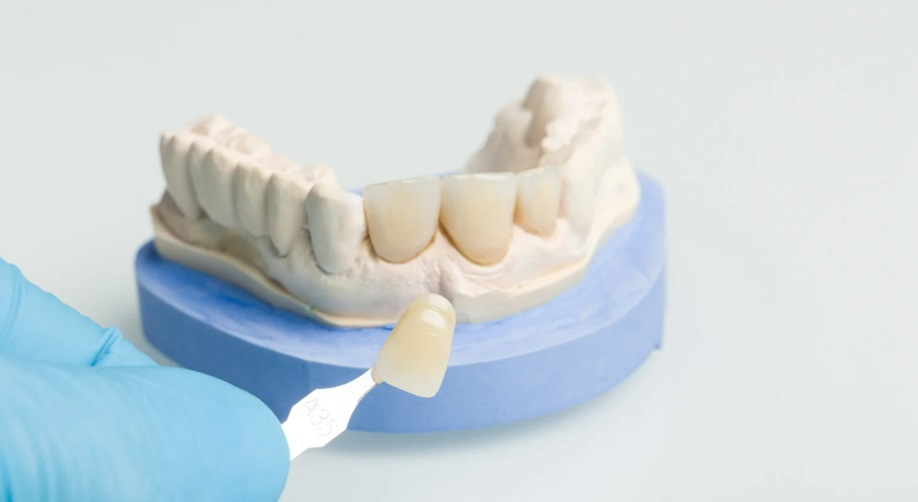
Dental crowns are used to restore the shape, size, and function of a damaged or decayed tooth. They act as a protective covering that is placed over the entire visible portion of the tooth. Crowns can be made from various materials such as metal, porcelain, ceramic, or a combination of these materials. Understanding the distinctions between temporary and permanent dental crowns is essential when considering a professional dental crown in Toronto. This article will discuss the differences between these two types of crowns and help you make an informed decision about which one is best for your dental needs.
Temporary Crowns
Temporary crowns are often used as a short-term solution, while a permanent crown is fabricated in a dental laboratory. They are typically made from acrylic or stainless steel and provide a protective cover for the prepared tooth.
The primary purpose of a temporary crown is to maintain tooth functionality and aesthetics during the interim period. They are designed to be easy to remove, allowing your dentist to replace them with a permanent crown once it is ready. It is crucial to follow your dentist’s care instructions for temporary crowns to avoid dislodgement or damage.
Permanent Crowns
Permanent crowns, on the other hand, are designed to provide a long-term solution for tooth restoration. These crowns are crafted from durable materials such as porcelain, ceramic, and metal alloys, ensuring they can withstand the forces of chewing and biting over an extended period.
Permanent crowns are custom-made to fit your tooth perfectly and blend seamlessly with your natural teeth, both in appearance and function. The process of placing a permanent crown requires multiple dental visits: one for preparing the tooth and taking impressions and another for fitting and securing the crown.
Materials Used in Crowns
The choice of material for a crown can significantly impact its durability and appearance. Porcelain is a popular choice due to its natural, tooth-like appearance, making it ideal for front teeth. Metal alloys, such as gold, provide exceptional strength and are often used for crowns in the back of the mouth.
Ceramic or porcelain-fused-to-metal crowns offer the best of both worlds, providing strength and aesthetics. By knowing the hidden truths behind porcelain crowns, you will feel confident in your decision when discussing options with your dentist. Remember to consider your specific dental needs and budget when choosing the type of crown material.
Conclusion
Selecting between a temporary and permanent dental crown depends on individual needs, the material’s benefits, and the treatment process’s specifics. Understanding these aspects can guide patients toward making confident and informed decisions for their oral health. Consult with a professional dentist to determine the best type of crown for your unique situation. Overall, investing in a high-quality dental crown can provide long-term benefits and improve both oral health and appearance.
Frequently Asked Questions
Q: How long do dental crowns last?
A: With proper care, dental crowns can last between 10 to 15 years. Factors like oral hygiene, diet, and habits such as teeth grinding can affect a crown’s longevity.
Q: Are there any dietary restrictions with a temporary crown?
A: Yes. It’s advisable to avoid sticky, chewy foods that can dislodge the temporary crown and hard foods that could damage it.
Q: How do I care for my crown?
A: Regular brushing and flossing, avoiding excessive biting on hard objects, and routine dental check-ups are crucial for maintaining the health of your crowns and surrounding teeth.
 Living With Healthy Hunger Health Blog
Living With Healthy Hunger Health Blog

